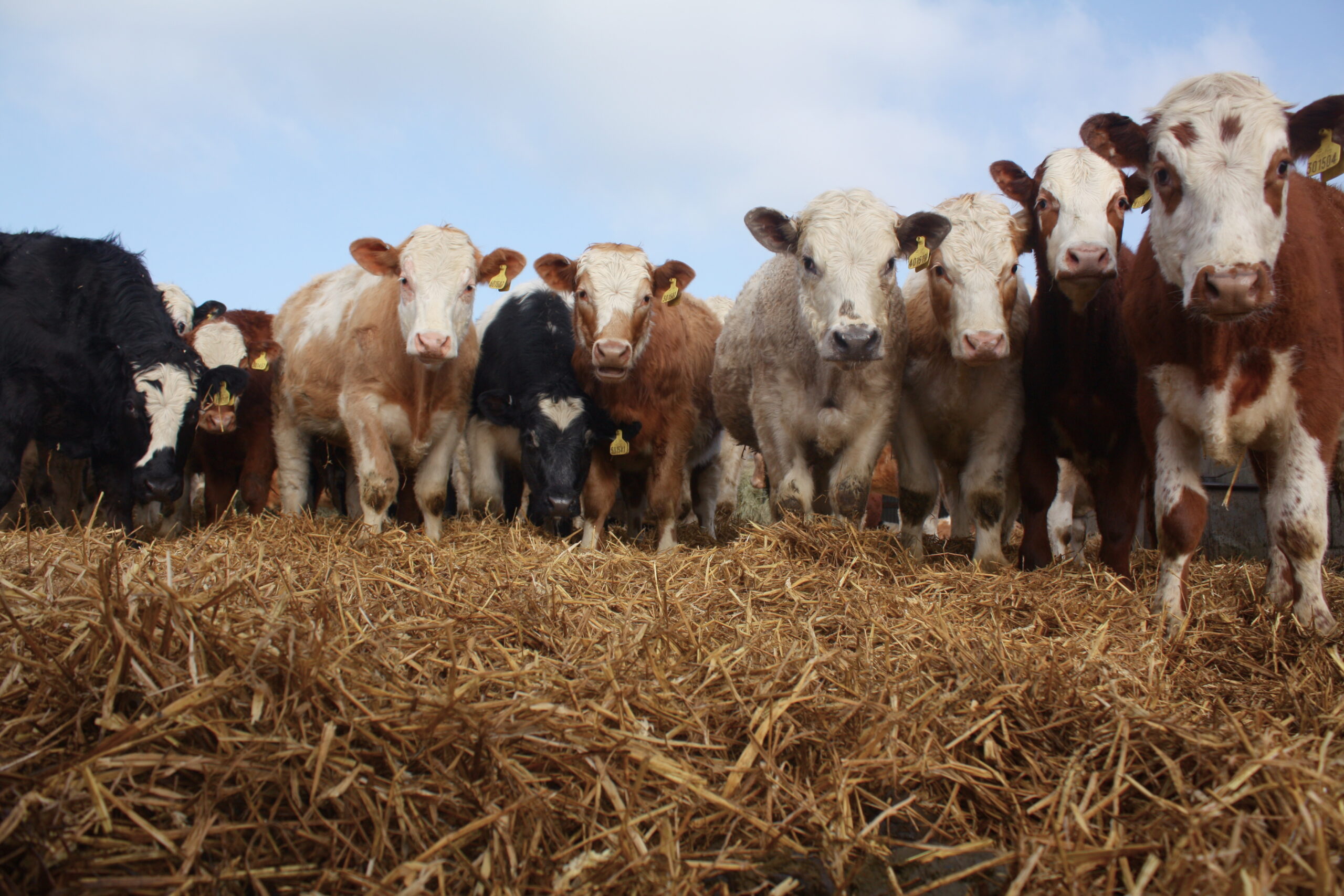Author: Kelsey Toups
Image by: Oli; CC BY-NC-ND 2.0 DEED
Avian influenza, also known as bird flu, is a highly contagious and deadly disease that primarily infects birds. However, in the past 20 years it has sporadically spread to other animals.1 Avian influenza is caused by highly pathogenic avian influenza (HPAI) A; “highly pathogenic” refers to birds, not humans. The H5N1 strain of avian influenza was first discovered in humans in 1997. At this time there were 18 human cases found after a large poultry outbreak in Hong Kong.2 Since H5N1 emerged in humans, there have been around 900 reported cases with a case fatality rate of approximately 50%.3 Case fatality rate is the proportion of people who die among those diagnosed with an illness. Human infections of H5N1 have varying presentations.4 Mild illness causes symptoms such as conjunctivitis and mild upper respiratory symptoms. Severe illness can cause flu-like symptoms (fever, body aches, shortness of breath), pneumonia, and even death.5
There is currently an outbreak in dairy cows across several states in the United States. Because this is the first time this viral subtype has been documented in cattle, extensive research is being conducted. The FDA is monitoring the commercial milk supply to better understand potential risk of transmission through milk.6,7 Initial tests found that 20% of milk samples tested positive for viral fragments of HPAI. Further testing on the positive milk samples showed preliminary results that pasteurization inactivates the virus. The FDA maintains that commercial milk is safe to consume. However, they have highlighted the importance of pasteurization and avoiding consumption of raw milk, especially from infected dairy cows.7
As of April 30th, 2024, the CDC reports the following numbers8:
- 9,296 wild birds detected
- 90,855,616 poultry affected
- 48 states with poultry outbreaks
- 9 states with cattle outbreaks
- 36 dairy herds affected
It is important to note that data collection for these numbers began in 2022.
So far there is one confirmed human case of HPAI H5N1 which was identified in Texas. This individual was exposed while working with infected cows on a cattle farm. At this time their only reported symptom is conjunctivitis. They are isolated at home and recovering as of April 4th. The sample analyzed from this individual showed that the virus had only mutated minimally and there is no current evidence of person-to-person transmission.8
Preliminary research has shown that this current outbreak of H5N1 does not pose immediate risk or concern for humans, but individuals should continue to practice good habits such as only consuming pasteurized milk, avoiding contact with dead birds, and observing wild birds from a distance. To stay up to date on the current outbreak visit the CDC’s Current Situation Summary webpage.
Sources:
- https://www.cdc.gov/flu/avianflu/avian-flu-faq.htm
- https://www.cdc.gov/flu/avianflu/timeline/avian-timeline-1960-1999.htm
- https://www.cdc.gov/flu/avianflu/avian-in-humans.htm
- https://www.britannica.com/science/case-fatality-rate
- https://www.science.org/content/article/bird-flu-discovered-u-s-dairy-cows-disturbing
- https://www.fda.gov/food/alerts-advisories-safety-information/updates-highly-pathogenic-avian-influenza-hpai
- https://www.cdc.gov/flu/avianflu/avian-flu-summary.htm


